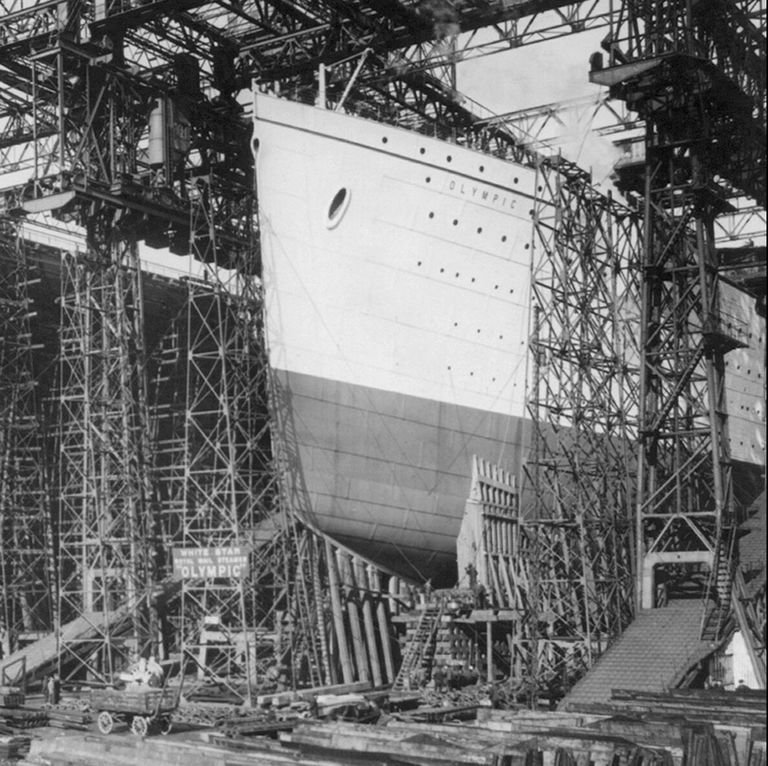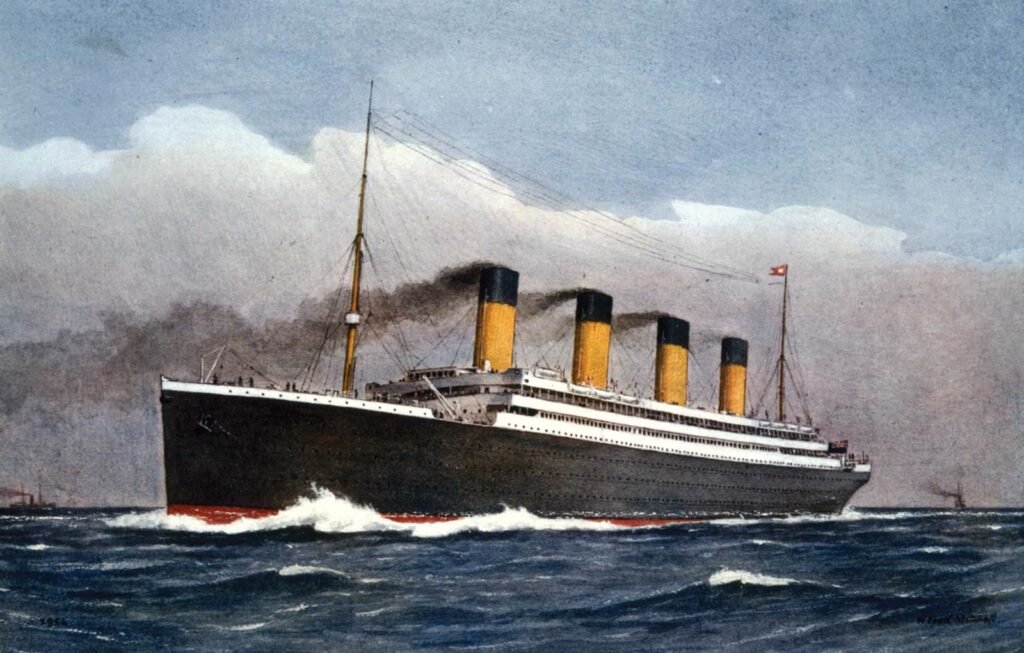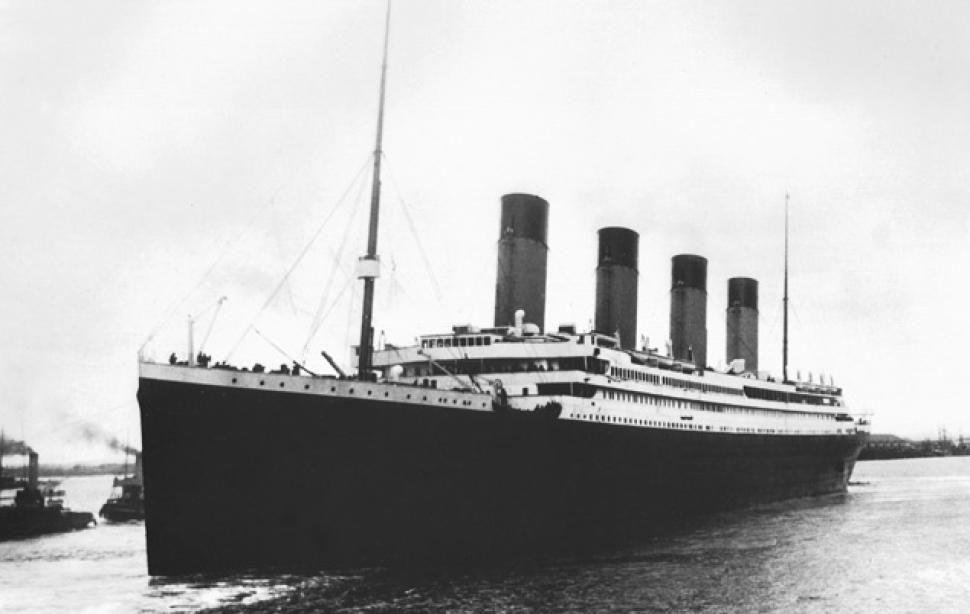The Titanic was a British luxury passenger liner that sank on April 14–15, 1912, during its maiden voyage from Southampton, England, to New York City, United States. It was operated by the White Star Line and struck an iceberg in the North Atlantic Ocean, resulting in the deaths of about 1,500 passengers and crew members.
The disaster led to significant changes in maritime safety regulations and inspired various artistic works. The Tragedy of titanic was because SOLAS and ISM was Implemented in Maritime sector.
The Titanic was the second of three Olympic-class ocean liners built by the White Star Line and was constructed by the Harland and Wolff shipbuilding company in Belfast.
The ship was equipped with advanced safety features, including watertight compartments and remotely activated watertight doors, leading to its reputation as “unsinkable.” Despite having 20 lifeboats capable of carrying 1,178 people, the ship was only equipped with half the necessary number of lifeboats.
You may already know that the Titanic hit an iceberg at 11:40 p.m. on the night of April 14, 1912, and that it sank two hours and forty minutes later.
Did you know that there were only two bathtubs for third class passengers or that the crew had only seconds to react to the iceberg?
These are just a couple of the interesting facts about the Titanic that we’re going to explore.
1. It was the most expensive moving object of that time.

At the time of her launch, the Royal Mail Steamer Titanic was the largest man-made moving object on Earth. The ship cost $7.5 million to build. Fun Fact: James Cameron’s 1997 movie about the disaster had a production budget of $200 million.
2. It was definitely not a one-man job.

More than 15,000 men worked on the ship during its construction in Belfast, Northern Ireland.
3. Titanic was over 882 feet (269 meters) long.
That’s almost three football fields. It also weighed 52,310 tons. The Titanic featured an onboard swimming pool, a gymnasium, a squash court. It had a gross registered tonnage (i.e., carrying capacity) of 46,328 tons, and when fully laden the ship displaced (weighed) more than 52,000 tons.
The Titanic was approximately 882.5 feet (269 metres) long and about 92.5 feet (28.2 metres) wide at its widest point.
4. One of the funnel of Titanic didn’t work.
Only three of the funnels were actually functional. The extra one was just to make the ship look more impressive because the ship designers thought three 4 funnels will give a more aggressive look to Titanic.
5. The Titanic was the largest ship afloat at the time of its launch in 1912, measuring 882 feet in length and 28 meters wide.
It was a marvel of engineering and was considered unsinkable, but tragically, it sank on its maiden voyage after hitting an iceberg.
6. The ship had over 20,000 beers, 1,500 wine bottles, and nearly 8,000 cigars on board.
The Titanic, being a luxurious passenger liner, was well-equipped to cater to the needs and preferences of its passengers. It carried an impressive supply of beverages and tobacco products. The ship stocked over 20,000 bottles of beer, providing a variety of options for its passengers to enjoy during the voyage.
Additionally, there were 1,500 bottles of wine available, offering a selection of different vintages and types to suit various tastes. Furthermore, the Titanic carried nearly 8,000 cigars, catering to those who enjoyed smoking during the journey. These provisions were part of the ship’s efforts to provide a comfortable and enjoyable experience for its passengers, reflecting the opulence and extravagance of the era.
7. The Titanic had a swimming pool that is still full of water over 100 years later.
The Titanic did indeed have a swimming pool, located on the lower deck of the ship. Over time, the wreck has been subjected to various natural processes, including corrosion and sediment accumulation, which would have prevented the pool from remaining intact.
Today, the remains of the Titanic lie on the ocean floor, and while some parts of the ship are still recognizable, the swimming pool would not be in its original form but one thing is sure that is Pool is still full of water over 100 years later.
8. The ship’s captain, Edward Smith, owned a Mexican bandito outfit which he put on just before the bridge went under.
There is no historical evidence to support the claim that the Titanic’s captain, Edward Smith, owned a Mexican bandito outfit or that he put it on before the ship sank. Captain Smith was known for his professionalism and dedication to his duty as a captain.
In the face of the Titanic’s tragic sinking, he is remembered for his efforts to ensure the safety of the passengers and crew. The story about the bandito outfit appears to be a myth or a fictionalized account that has circulated over the years.
9. The Titanic was designed to easily tank any scenario that the engineers could think of, and there was no weak steel.

The Titanic was indeed designed to be a sturdy and safe ship, capable of withstanding a range of potential scenarios. The engineers employed advanced techniques and used high-quality materials, including steel, to construct the ship. While the Titanic was considered to be very strong, it’s important to note that no ship is completely immune to all possible threats.
The Titanic’s tragic sinking highlighted vulnerabilities in its design and safety features, leading to improvements in maritime safety regulations. Despite the efforts of the engineers, the Titanic ultimately succumbed to the collision with an iceberg, demonstrating the unpredictability of maritime disasters.
10. The ship’s sinking was a once-in-a-million confluence of events, and any one of them not happening could have prevented the disaster.
The sinking of the Titanic was indeed a tragic confluence of events, where several factors aligned to create a perfect storm of circumstances leading to the disaster. Any one of these factors not occurring could have potentially prevented the sinking or mitigated its impact.
For instance, if the Titanic had received and acted upon the numerous iceberg warnings in a more proactive manner, the collision might have been avoided. Additionally, if the ship had been equipped with a sufficient number of lifeboats and if they had been filled to capacity, more lives could have been saved. Furthermore, if the nearby ship, the Californian, had responded to the Titanic’s distress signals more effectively, the rescue efforts might have been more successful.
The sinking of the Titanic serves as a stark reminder of the importance of thorough preparation, effective communication, and swift action in the face of unexpected challenges at sea.
11. The Titanic’s band played music until the very end, and one musician wasn’t declared dead until 2000.
Yes, it’s true that the band on the Titanic, led by Wallace Hartley, continued to play music as the ship sank. Their actions were widely praised for providing a sense of calm and order amidst the chaos. Hartley and several other band members perished in the disaster.
The musician you’re referring to who wasn’t declared dead until 2000 is likely Wallace Hartley himself. His body was recovered after the sinking, and he was initially identified and buried in 1912. However, there was some controversy and uncertainty surrounding his identification, and it wasn’t until 2000 that his remains were positively identified through DNA testing, confirming his fate as one of the victims of the Titanic disaster.
12. The ship’s distress signal was not “SOS,” as is commonly believed, but rather “CQD”

That’s correct. The distress signal used by the Titanic and many other ships at the time was “CQD,” not “SOS.” “CQD” was a general distress call derived from the French “sécurité, ” while “SOS” was a newer, more easily recognizable signal that gained popularity after the Titanic disaster.
The use of “SOS” became standardized in 1908 because of its simplicity and distinctiveness in Morse code, making it easier to understand and transmit in times of distress.
13. The Titanic’s sinking was devastating to the whole world, but no city was more affected than Southampton, where nearly a thousand families were concerned by the fate of the crew alone.
The sinking of the Titanic had a profound impact on the entire world, but perhaps no city felt the tragedy more deeply than Southampton. As the city where the Titanic’s voyage began and where many of its crew members lived, Southampton was particularly devastated by the disaster.
Nearly a thousand families in Southampton were directly affected by the loss of the crew members alone, leading to widespread grief and mourning throughout the community.
The sinking of the Titanic left a lasting mark on Southampton, serving as a poignant reminder of the human cost of maritime disasters.
14. The Titanic was just one of three Olympic-class ocean liners built by the Harland & Wolff shipyard, and all three were designed to give White Star Line a competitive edge.
15. Flaws in the ship’s design
The Titanic’s design included compartments that were not fully watertight. When the iceberg punctured multiple compartments, the water flooded over the tops of the bulkheads, causing the ship to sink.
These facts are just a few of the many fascinating details surrounding the Titanic’s history and legacy. This tragic event remains one of the most famous maritime disasters in history, sparking widespread public attention and cultural impact
Also read, 10 Titanic survivor Stories which were more than Miracle
